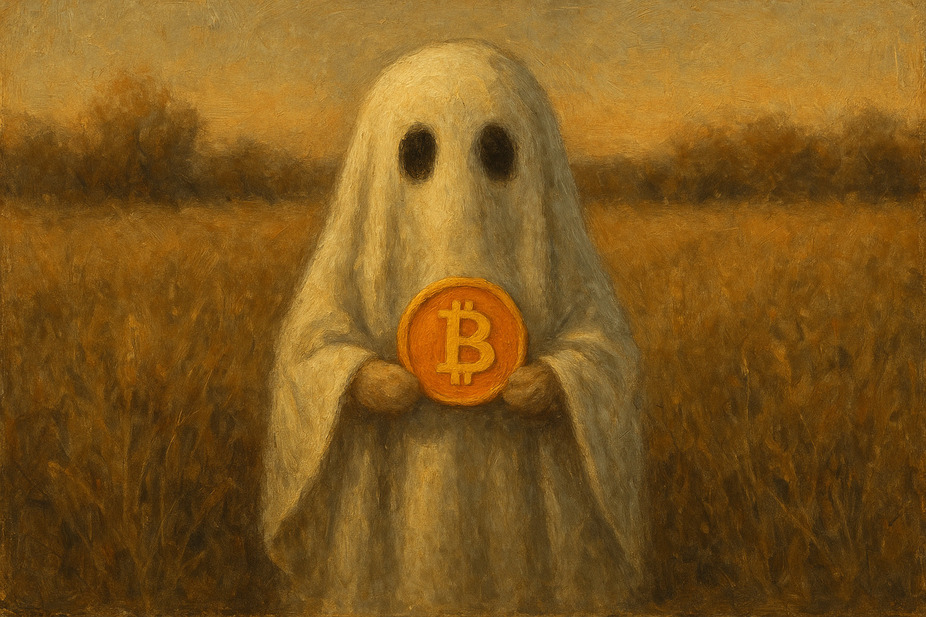Top 25 cryptocurrency terms — concise glossary
~ 4 min

Below you’ll find short, original explanations of twenty‑five core concepts that shape the digital‑asset landscape. Each definition has been written from scratch to ensure high textual uniqueness while remaining easy to understand for newcomers and useful as a quick reference for seasoned traders.
- Blockchain — a distributed ledger made up of sequential data “blocks.” Every block contains a bundle of verified transactions and a cryptographic link to the previous block, creating a history that is virtually impossible to rewrite without network consensus. Blockchain enables transparency and trust across decentralized networks without requiring third-party validation.
- Cryptocurrency — digital value stored and transferred on a blockchain. Instead of being issued by a government, its supply and movement are controlled by code and validated by a decentralized network of participants. Cryptocurrencies function as both investment instruments and payment methods across diverse blockchain ecosystems.
- Bitcoin — the first and best‑known cryptocurrency, launched in 2009 by the pseudonymous Satoshi Nakamoto. It introduced the proof‑of‑work model and remains the benchmark for market sentiment and store‑of‑value debates. Bitcoin laid the foundation for decentralized finance and inspired thousands of subsequent digital currencies.
- Altcoin — any cryptocurrency that is not Bitcoin. Altcoins can range from payment coins to governance tokens and often experiment with features Bitcoin does not natively support. Examples include Ethereum, Cardano, and Solana, each serving unique functions and communities.
- Token — a digital unit created on an existing blockchain (e.g., Ethereum). Tokens can represent utility, governance rights, or real‑world assets and are governed by smart‑contract code rather than separate blockchains. Their creation is often faster and less resource-intensive than launching a new blockchain.
- ICO (Initial Coin Offering) — a fundraising method in which a project sells newly minted tokens to early supporters, similar to a public crowdfunding round but executed entirely on‑chain. ICOs became popular in 2017 but now face greater regulatory scrutiny.
- Mining — the competitive process of validating transactions and adding new blocks to a proof‑of‑work chain. Miners solve complex mathematical puzzles and are rewarded with freshly created coins and transaction fees. This mechanism helps maintain blockchain security and decentralization.
- Wallet — software or hardware that stores private keys, enabling users to send, receive, and sign cryptocurrency transactions. A wallet does not hold coins physically; it secures the credentials that prove ownership on the blockchain. Wallets can be “hot” (internet-connected) or “cold” (offline).
- Cryptocurrency Exchange — an online marketplace where users buy, sell, or swap digital assets. Exchanges can be centralized (custodial) or decentralized (non‑custodial) in their architecture and governance. They serve as critical infrastructure for crypto trading and liquidity.
- Decentralization — the dispersion of authority away from a single governing entity. In crypto, critical tasks, validation, governance, and data storage are distributed among many independent nodes. This approach enhances security, censorship resistance, and fault tolerance.
- Smart Contract — self‑executing code stored on a blockchain that performs actions once predefined conditions are met, removing the need for intermediaries in tasks like escrow, lending, or token swaps. They are the backbone of most DeFi applications.
- Hash — a fixed‑length output generated from data via a cryptographic hash function. Hashes serve as digital fingerprints for verifying data integrity and linking blockchain blocks together. Each hash is unique to its input, making tampering easy to detect.
- Fork — a deliberate or accidental change to a blockchain’s rules that creates a diverging chain. Soft forks remain compatible with older versions, whereas hard forks split the network into separate paths. Forks may introduce upgrades or reflect community disagreements.
- Stablecoin — a token designed to keep its price anchored to a reference value, commonly the U.S. dollar, through collateral reserves, algorithms, or a hybrid approach, providing reduced volatility within crypto markets. They are widely used in trading and DeFi for risk mitigation.
- NFT (Non‑Fungible Token) — a unique digital certificate of ownership stored on a blockchain. Because NFTs are non‑interchangeable, they are used to prove provenance for art, in‑game items, and other one‑of‑a‑kind assets. NFTs have unlocked new monetization paths for creators.
- Proof‑of‑Work (PoW) — a consensus mechanism where miners expend computational energy to secure the network. The difficulty of the puzzles prevents spam and double‑spending attacks. Bitcoin and early blockchains adopted PoW to ensure fairness and trustworthiness.
- Proof‑of‑Stake (PoS) — an energy‑efficient alternative to PoW. Validators lock up a stake of coins to propose and confirm new blocks, earning rewards proportionate to their holdings and honest behavior. Ethereum transitioned to PoS in 2022 to improve sustainability.
- DeFi (Decentralized Finance) — a suite of blockchain‑based protocols that replicate traditional financial services—lending, borrowing, trading—without centralized intermediaries, using smart contracts instead. DeFi promotes global financial inclusion and innovation.
- Cold Storage — the offline safeguarding of private keys, typically via hardware wallets or paper backups, minimizing exposure to hacks that target internet‑connected devices. Cold storage is ideal for long-term asset protection.
- Private Key — a secret alphanumeric string that grants control over a blockchain address. Anyone who possesses the private key can authorize transactions from that address. Losing the private key means losing access to the funds it controls.
- Public Key — the cryptographic complement to a private key, used to generate a wallet address and verify the authenticity of signed transactions without revealing the private key itself. It enables secure, transparent communication in the blockchain ecosystem.
- Satoshi — the smallest unit of Bitcoin, equal to 0.00000001 BTC. Named after the creator of Bitcoin, it allows for fine‑grained pricing and micro‑payments. It is commonly used when referencing small-value Bitcoin transactions.
- Gas — the fee paid to process actions on networks like Ethereum. Gas compensates validators for computational work and helps prevent spam by attaching a cost to each operation. Gas prices fluctuate based on network congestion.
- Order — an instruction placed on an exchange to buy or sell an asset. Orders can be market, limit, stop‑loss, and more, defining the conditions for execution. Order types allow traders to manage entry and exit strategies efficiently.
- Volatility — the degree of price fluctuation in an asset over a given period. High volatility in cryptocurrency markets signals both opportunity for profit and heightened risk. It is influenced by liquidity, sentiment, regulation, and macroeconomic trends.












